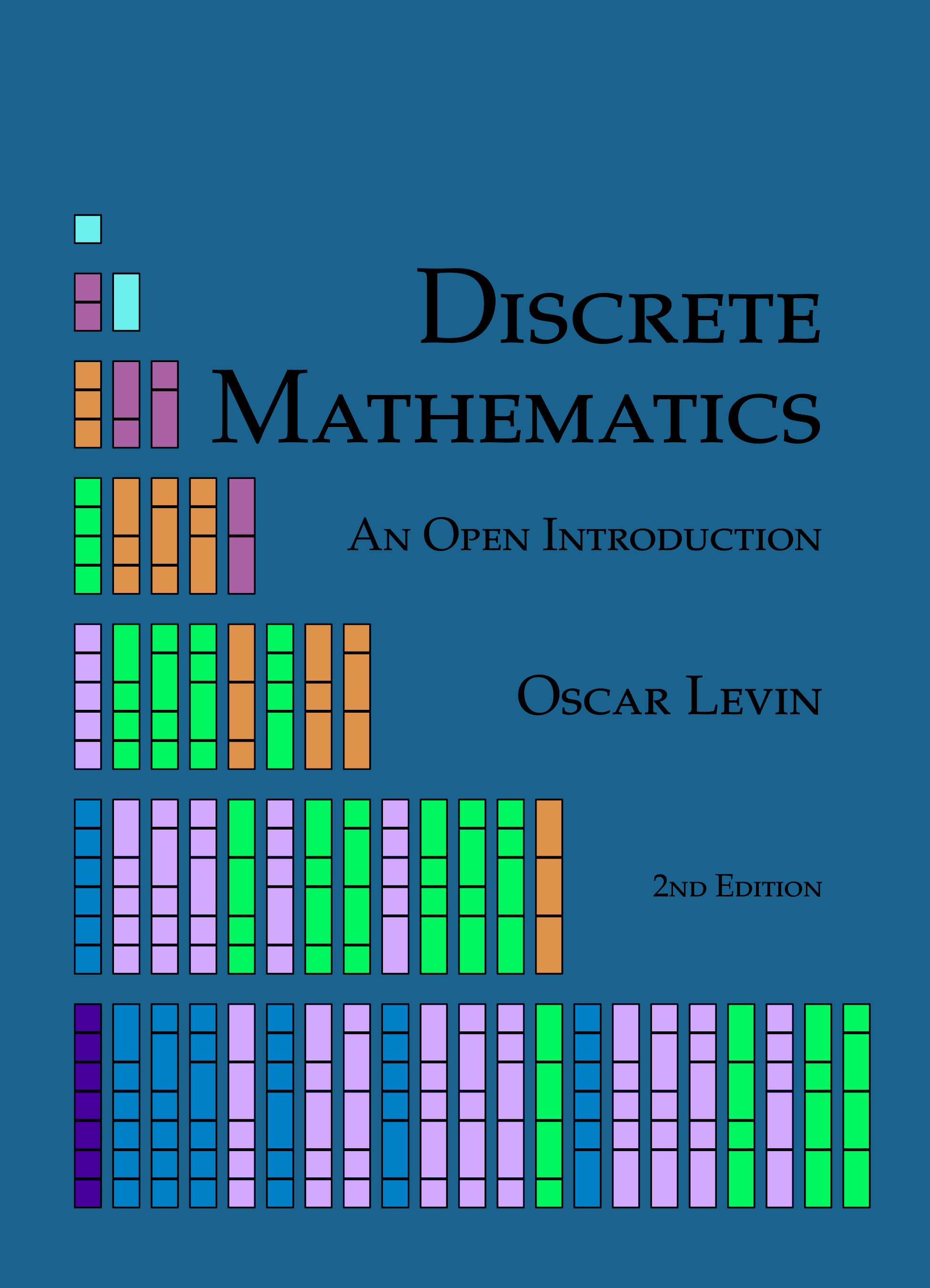Counting
Skip to main content\(\def\d{\displaystyle}
\def\course{Math 228}
\newcommand{\f}[1]{\mathfrak #1}
\newcommand{\s}[1]{\mathscr #1}
\def\N{\mathbb N}
\def\B{\mathbf{B}}
\def\circleA{(-.5,0) circle (1)}
\def\Z{\mathbb Z}
\def\circleAlabel{(-1.5,.6) node[above]{$A$}}
\def\Q{\mathbb Q}
\def\circleB{(.5,0) circle (1)}
\def\R{\mathbb R}
\def\circleBlabel{(1.5,.6) node[above]{$B$}}
\def\C{\mathbb C}
\def\circleC{(0,-1) circle (1)}
\def\F{\mathbb F}
\def\circleClabel{(.5,-2) node[right]{$C$}}
\def\A{\mathbb A}
\def\twosetbox{(-2,-1.5) rectangle (2,1.5)}
\def\X{\mathbb X}
\def\threesetbox{(-2,-2.5) rectangle (2,1.5)}
\def\E{\mathbb E}
\def\O{\mathbb O}
\def\U{\mathcal U}
\def\pow{\mathcal P}
\def\inv{^{-1}}
\def\nrml{\triangleleft}
\def\st{:}
\def\~{\widetilde}
\def\rem{\mathcal R}
\def\sigalg{$\sigma$-algebra }
\def\Gal{\mbox{Gal}}
\def\iff{\leftrightarrow}
\def\Iff{\Leftrightarrow}
\def\land{\wedge}
\def\And{\bigwedge}
\def\entry{\entry}
\def\AAnd{\d\bigwedge\mkern-18mu\bigwedge}
\def\Vee{\bigvee}
\def\VVee{\d\Vee\mkern-18mu\Vee}
\def\imp{\rightarrow}
\def\Imp{\Rightarrow}
\def\Fi{\Leftarrow}
\def\var{\mbox{var}}
\def\Th{\mbox{Th}}
\def\entry{\entry}
\def\sat{\mbox{Sat}}
\def\con{\mbox{Con}}
\def\iffmodels{\bmodels\models}
\def\dbland{\bigwedge \!\!\bigwedge}
\def\dom{\mbox{dom}}
\def\rng{\mbox{range}}
\def\isom{\cong}
\DeclareMathOperator{\wgt}{wgt}
\newcommand{\vtx}[2]{node[fill,circle,inner sep=0pt, minimum size=4pt,label=#1:#2]{}}
\newcommand{\va}[1]{\vtx{above}{#1}}
\newcommand{\vb}[1]{\vtx{below}{#1}}
\newcommand{\vr}[1]{\vtx{right}{#1}}
\newcommand{\vl}[1]{\vtx{left}{#1}}
\renewcommand{\v}{\vtx{above}{}}
\def\circleA{(-.5,0) circle (1)}
\def\circleAlabel{(-1.5,.6) node[above]{$A$}}
\def\circleB{(.5,0) circle (1)}
\def\circleBlabel{(1.5,.6) node[above]{$B$}}
\def\circleC{(0,-1) circle (1)}
\def\circleClabel{(.5,-2) node[right]{$C$}}
\def\twosetbox{(-2,-1.4) rectangle (2,1.4)}
\def\threesetbox{(-2.5,-2.4) rectangle (2.5,1.4)}
\def\ansfilename{practice-answers}
\def\shadowprops{{fill=black!50,shadow xshift=0.5ex,shadow yshift=0.5ex,path fading={circle with fuzzy edge 10 percent}}}
\newcommand{\hexbox}[3]{
\def\x{-cos{30}*\r*#1+cos{30}*#2*\r*2}
\def\y{-\r*#1-sin{30}*\r*#1}
\draw (\x,\y) +(90:\r) -- +(30:\r) -- +(-30:\r) -- +(-90:\r) -- +(-150:\r) -- +(150:\r) -- cycle;
\draw (\x,\y) node{#3};
}
\renewcommand{\bar}{\overline}
\newcommand{\card}[1]{\left| #1 \right|}
\newcommand{\twoline}[2]{\begin{pmatrix}#1 \\ #2 \end{pmatrix}}
\newcommand{\lt}{<}
\newcommand{\gt}{>}
\newcommand{\amp}{&}
\)
Chapter1Counting
¶One of the first things you learn in mathematics is how to count. Now we want to count large collections of things quickly and precisely. For example:
In a group of 10 people, if everyone shakes hands with everyone else exactly once, how many handshakes took place?
How many ways can you distribute \(10\) girl scout cookies to \(7\) boy scouts?
How many anagrams are there of “anagram”?
Before tackling questions like these, let's look at the basics of counting.
